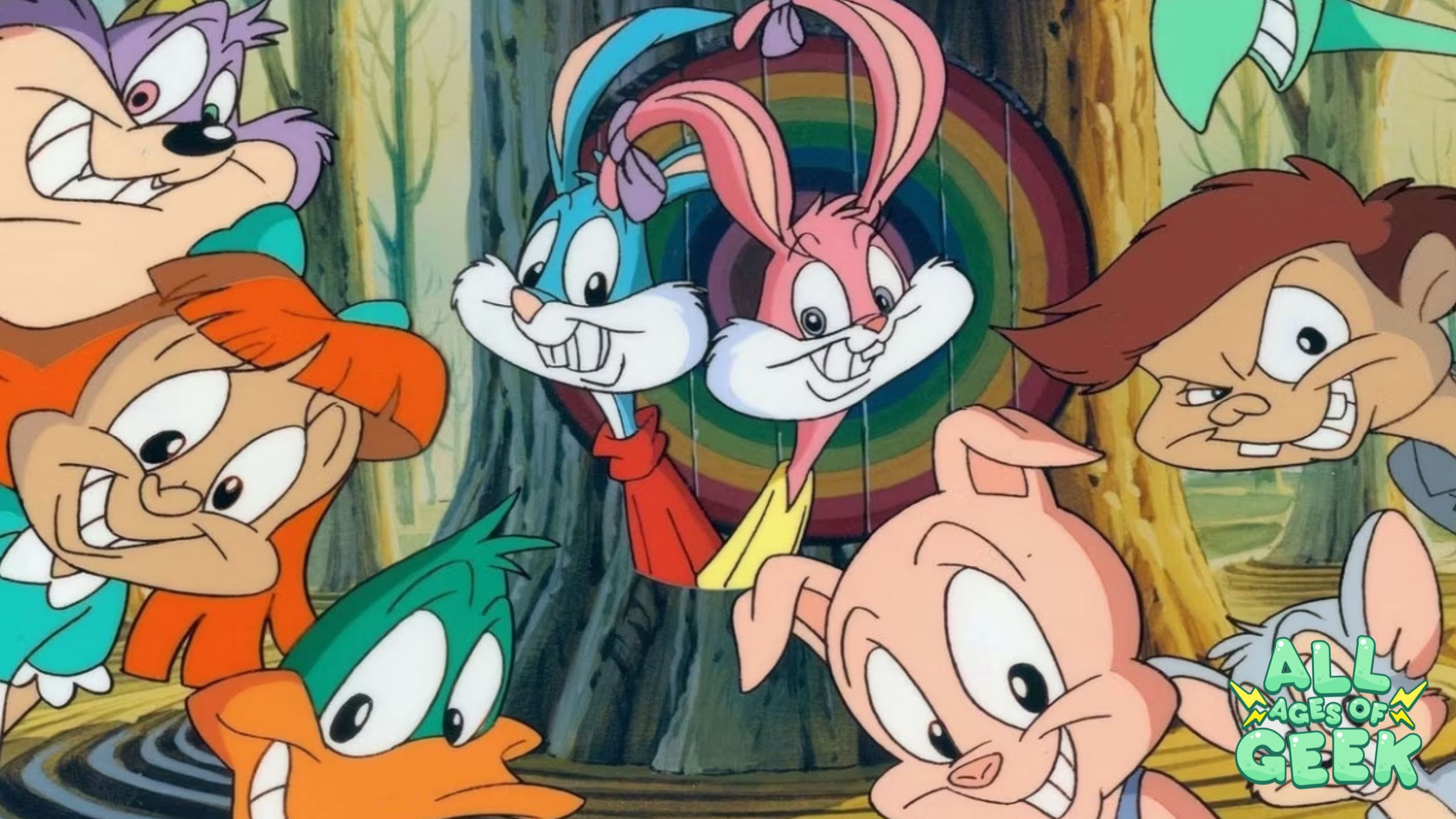It has been a decade since James Cameron took us on a journey through the world of Pandora in Avatar. When the film came out in 2009, it was unlike anything audiences have ever seen when it comes to visual effects in film-making. The movie broke box office records to become the highest-grossing film of all time, and Cameron is looking to push the boundaries of advanced visual technology with his latest sci-fi epic Avatar: The Way of Water. The sequel to Avatar expands on the lore of Pandora as it takes us from the rainforests to the depths of the ocean as we follow the journey of the Sullys to parts unknown while old enemies resurface to try and take away everything from them. What Cameron does in this anticipated sequel is nothing short of breathtaking and marvelous.
Taking place 10 years after the original film, Avatar: The Way of Water follows Jake Sully (Sam Worthington) after permanently transferring his human body to his Avatar body and embracing life as one of the Na’vi with his wife Neytiri (Zoe Saldana). Leading the Omaticaya clan, Jake and Neytiri have also grown their family with two sons, Neteyam (James Flatters) and Lo’ak (Britain Dalton), and a daughter, Tuk (Trinity Jo-Li Bliss). Their family also includes adopted daughter Kiri (Sigourney Weaver), whose mother was the late Grace Augustine, and Spider (Jack Champion), the human child of the late Miles Quaritch (Stephen Lang). Their lives in the rainforest soon get upended by the return of humans as they put into motion their plans to colonize Pandora as Earth is on its last legs. On top of that, the RDA revives the Avatar program by reviving dead marines using their memories and inserting them into artificial Na’vi bodies known as recombinants. Among them is a newly revived Quaritch as he takes in his new Avatar body and leads an assault against Jake and his tribe on a revenge spree.
With their lives in danger, Jake Sully and his family leave their tribe and travel in search of a new home, which they find among the Metkayina, a clan of free-diving water dwellers in Pandora. Led by Chief Tonowari (Cliff Curtis) and his wife Ronal (Kate Winslet). The Sullys learn to adapt to their new environment while also facing hardships and struggles as a family. Jake and Neyetri try to make a new place for themselves but learn that home is wherever their family is. The kids also accept the changes around their world and the big challenges ahead of them as they each face their problems and try to overcome them.
The true selling point of Avatar: The Way of Water is the dazzling visuals of Pandora. The first film showed audiences the beautiful wonders of the rainforests with the wildlife and the big open skies as the Na’vi ride the backs of these amazing beasts. The sequel takes that concept a bit further by going into the luscious waves of this world’s big ocean. When we see these characters diving into the waters and exploring the sea life that is down there, we are experiencing it with them. It is crazy to think that Cameron has used motion capture to put these actors into the ocean and express their emotions in a different environment that hasn’t been explored. The sea creatures and the homes of these reef people are beautifully captured on screen and it makes for a thrilling cinematic experience. The use of 3D cameras also helps bring the world alive like the first film by showing just how amazing Cameron’s vision of this fantasy world looks under these lenses.
The plot of the first film was pretty standard and it also applies to the sequel as it threads along familiar story beats. However, the emotional core of the story is much stronger in this movie due to the family bonds that are explored here with the Sullys. Jake, is just a father looking out for his family, which he prioritizes over everything else. Neyetri provides support for her husband but sees that their children are willing to do anything it takes to fight and protect each other as well. The kids go on their journey of self-discovery as they face prejudice among this new tribe due to their hybrid nature and not easily being able to adapt to their ways. A subplot with Kiri also takes part of the film’s runtime, which doesn’t necessarily go anywhere with the story until the last half of the film, but it seems to be more of a setup for things to come for the franchise moving forward regarding her character.
Both Worthington and Saldana return to their roles as they tackle being parents, tapping into a different mindset from the first film. We do see Worthington for most of the film and does great portraying a father trying to look out for his family. Saldana doesn’t get a whole lot of screen time like in Avatar, but she excels in the scenes where it gets emotional and also with some of the action sequences. Sigourney Weaver also comes back in the sequel, but this time she plays the teenage Kiri. She pulls off playing a character of a different age from herself and it almost doesn’t seem like it’s her at all in most of her scenes. We also can’t forget about Lang making a return as Quaritch, who doesn’t seem like he’s lost touch with the character at all with his military-like performance.
Much of the film also revolves around the kids and this new tribe, who also take a majority of The Way of Water’s run time. We see Neteyam as the oldest of the children learning to be the protective big brother as well as impressing his father. His younger brother Lo’ak also tries to impress his father even though he is expected to be like his big brother, casting a shadow on him while trying to be his own man. Lo’ak goes on a journey of self-discovery as he learns about life in the ocean while making some interesting connections with sea creatures like Kiri does. We don’t see a whole lot of Tuk in the film, but her innocent and pure energy picks up a lot in the movie’s lighter moments. Spider can perhaps be one of the least interesting characters in the first half of the film, but it is interesting to see him grow to embrace both his human side and his Na’vi side while growing up with the Sullys. Winslet is a great addition to the cast as she teaches the Sullys about spirituality with the ocean and delivers her emotional scenes.
When Cameron released Avatar, he spread the deep message of protecting the Earth’s rain forests in the film. In the sequel, we get that same message when it comes to the ocean. We see how beautiful the sea of Pandora is, which is important once we see that ecosystem gets attacked and upsets the balance of the ocean. Preserving that life is what most audiences will get out of the film after they experience the amazing visualization of the ocean’s beauty and the artistic direction the film makes on sea life. Family is also a powerful message shown here when we see the strong bonds that the Sullys have when they come together to protect one of their own.
The musical score is done by Simon Franglen, who reteams with Cameron after their work together on the first film. He takes on a big task taking over from legendary composer James Horner, who passed away a few years after Avatar was released. Despite that responsibility, Franglen puts in some amazing sounds and fits into the tension that builds in the film’s most powerful scenes. We do hear some of Horner’s incredible score sprinkled throughout the film while allowing some new arrangements to bring the film to life with Franglen’s music. We get to hear Saldana’s voice in one of the tracks as she sings in the native Na’vi language which is beautiful when heard. Incorporating artists like The Weeknd and Swedish House Mafia has also brought in some modern flavor to the sound once the credits roll.
Overall, Avatar: The Way of Water is a visual spectacle that brings audiences back to Pandora and fully takes advantage of this beautiful world by taking them on a journey from the forest to the ocean. The story has a strong foundation thanks to the emotional beats and the performances despite its long run time. It does set to stone what the franchise can bring to the table in this incredible world that Cameron has set up. Avatar: The Way of Water is a cinematic piece of art that fully embraces the theatrical experience that will have audiences in awe of this fantastical landscape that comes off the screen.
Avatar: The Way of Water is now playing in theaters everywhere.











One Response